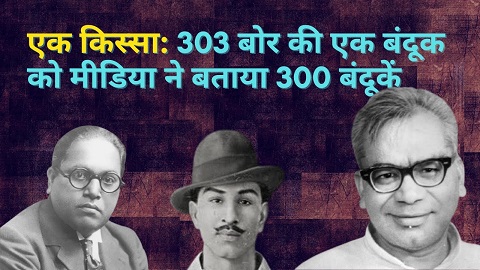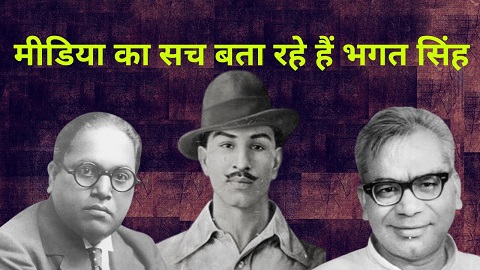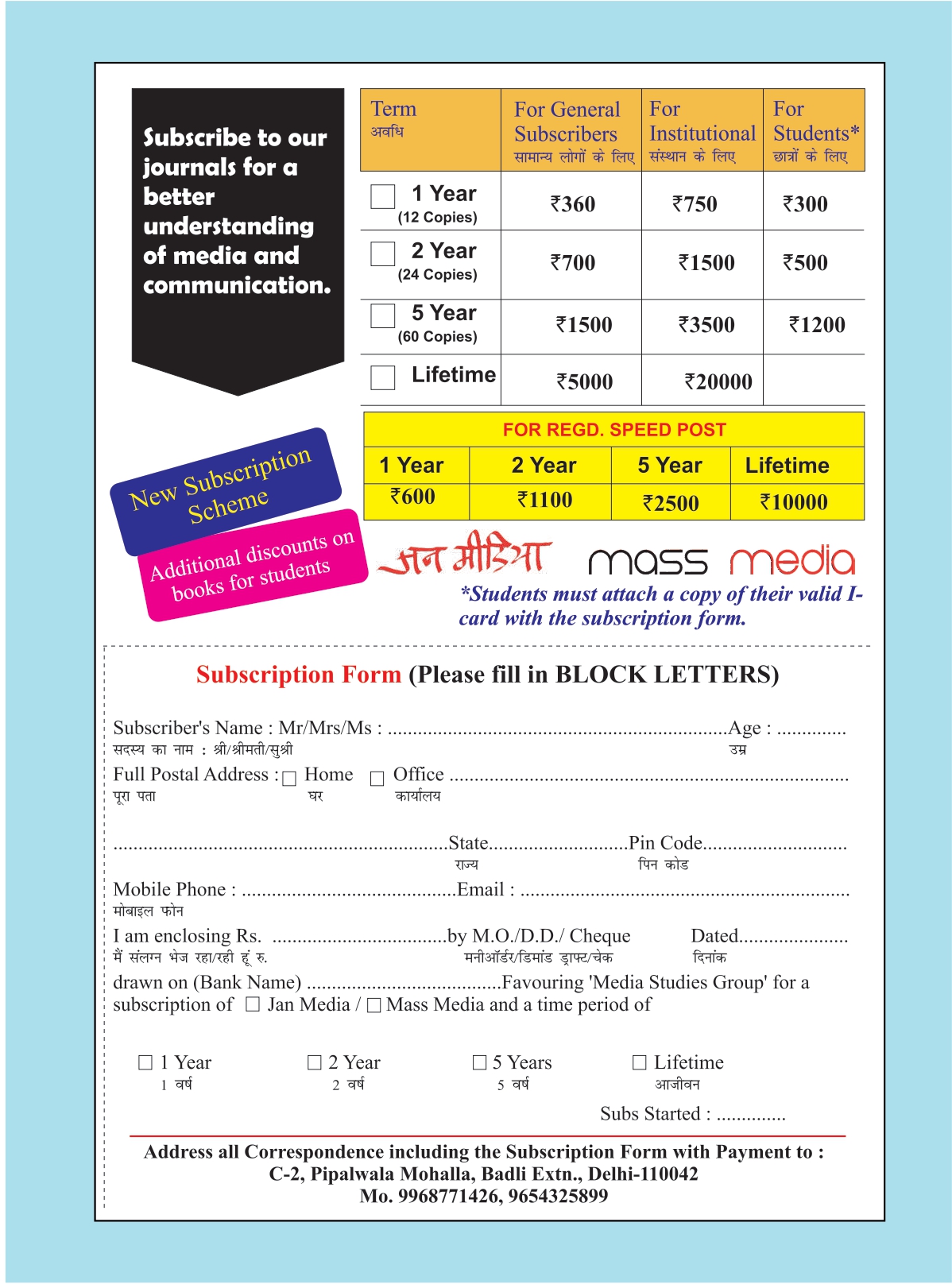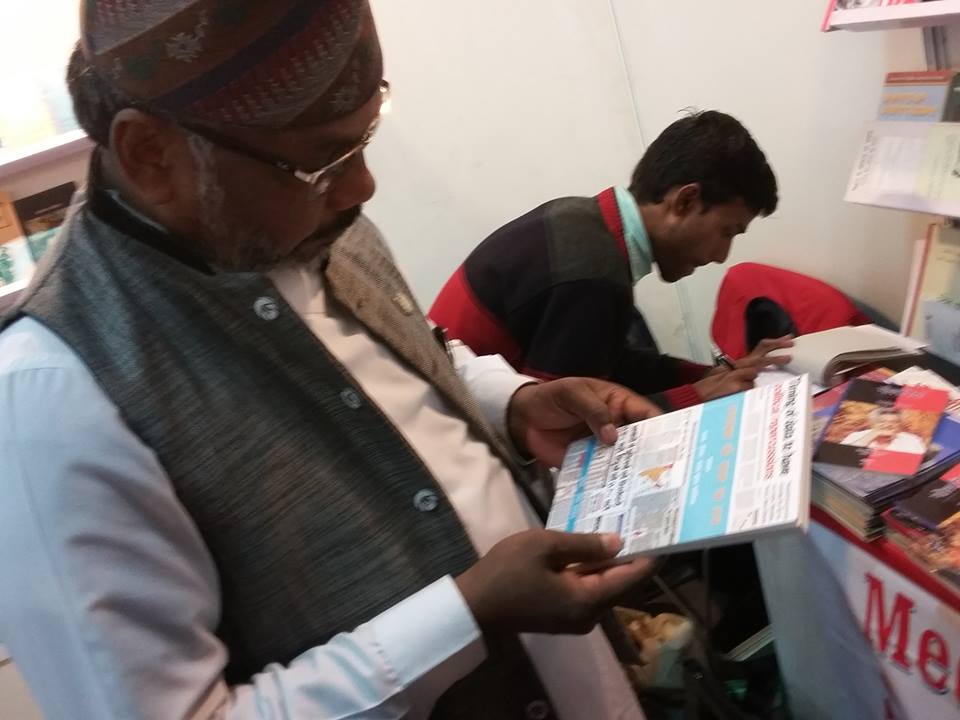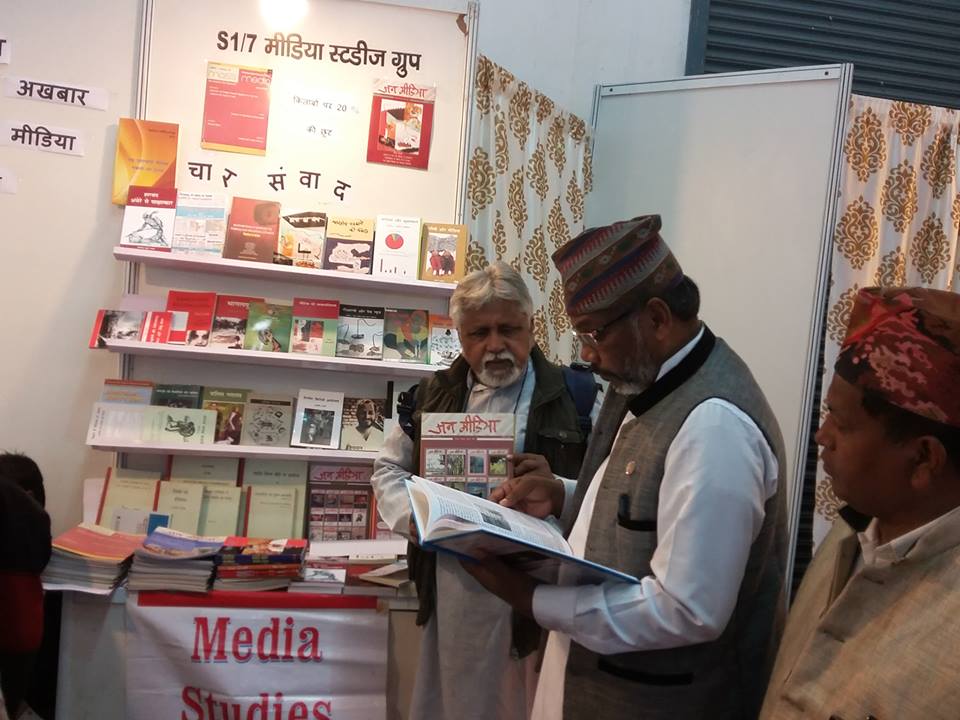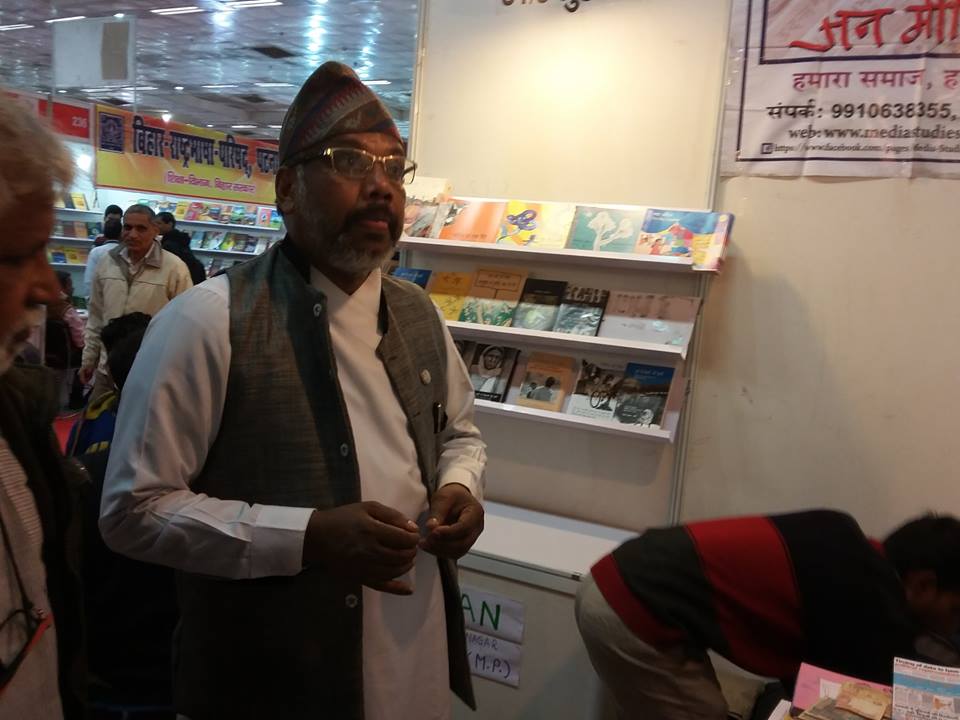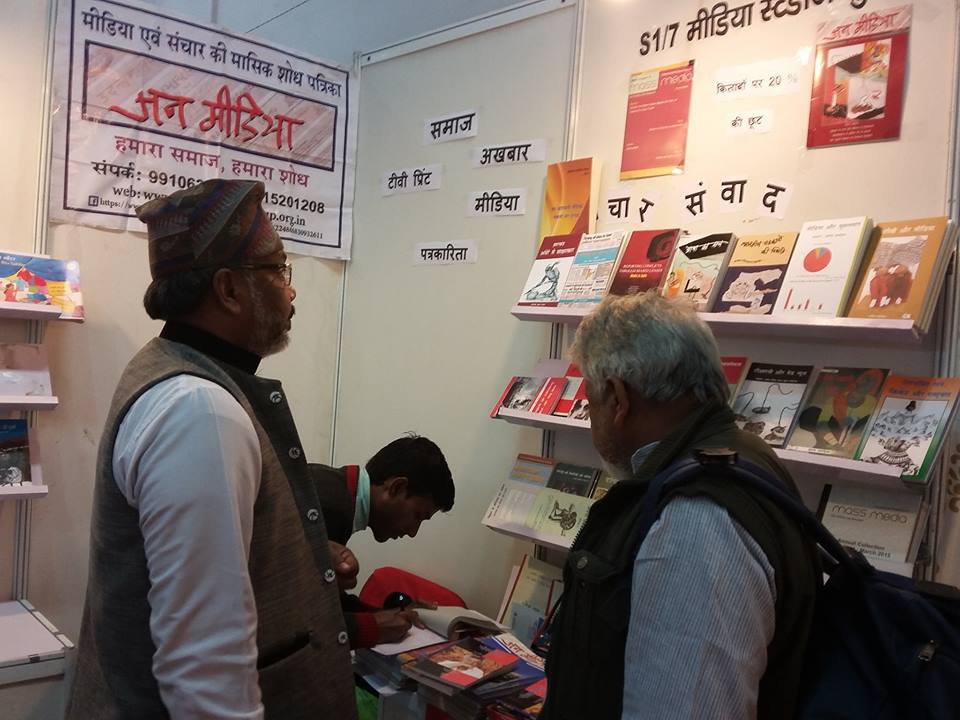Peter Golding
Few would argue with the notion that the institutions of the mass media are important to contemporary society and visa versa. This gets a social thinker interested the media studies naturally. Yet this evident inclination can not avoid bringing the dissection of media tools and working of its world with forceps of sociological theory. And this is what happens in the book under review. Being read after almost forty years of its first publication, the reviewer enjoys it as an account of history of media by a sociologist meant as a series in education. Did I hear Variety?! .
Written with the aim of producing a series of introductory texts which in combination form the basis for a sustained course of study and yet designing each volume as a single whole, this book deals with the mediated social structure of Modern Britain. Hence giving a clear sociological perspective to the mass media. Understandably so as the writer is a Research Officer at the Centre for Mass Communication Research at University of Leicester with graduate and masters degrees in Sociology. The editors are Professors in Social Sciences and Education, John Barron Mays and Maurice Craft respectively. Published first n 1974 and reaching its sixth reprint by 1984, it is about Britain. The text is richly intercepted with statistics like Distribution of Advertising by Media, data from Family Expenditure Survey, tables by Political Economy of Mass Communication etc, obviously from 1971 to 73. One would assume that it is outdated and a very topical edition as it categorically focuses on Britain alone. Yes, this feeling looms high while reading the text as well. Yet, going through the chapters chronologically as they are written, one gets an overview of the modern media that is common to most societies, though with exceptions here and there.
Peter Golding wrote this book under guidance of his seniors as a Research Officer. He later went on to become a Professor, Head of Department and is presently the Pro Vice Chancellor at the Northumbria University. Being a Visiting Professor at Universities in Switzerland, New Zealand, Japan, Estonia and Brazil and having lectured and taught in over 20 countries, he sure has grown and matured as an author. Penning down fourteen books and being on the panel of research committees has given him an edge as an able researcher and publisher in sociology of media. We see a reflection of his better self in his other books. This one howoeve, is more textual than practical.
Almost forty years back research on mass communication was marginal and anxiety had begun arising over the effects of television. Political fears over the potency of popular radical press had surfaced and sociologists were dismayed over the cruder vulgarities of mass entertainment rush in the age of industrialisation. Chapter One talks of ‘Mass Media and Social Science’ dealing with the media and social concerns, rise of research, media and the audience. Television is equated to atomic bombs with its latent power to destroy, using adjectives like inherently evil to describe it. Mass media’s power to manipulate behavior is lamented. Advertising is declared guilty of creating a confirming consumer population through its control of Press and TV. Mathew Arnold, TS Eliot and the likes are quoted while lamenting the diffusing cultures creating leveling downroads. Research is cited as worth only if it finds solutions to such destructive media tendencies. While one would wonder the far fetchedness of these claims from today’s age, some data is soothing. 54% cine goers and advertising comprising 1.5 % of GDP sounds exciting even in those times.
‘The History and Development of Media in Britain’ is the topic of Chapter 2, where Books and Publishing, Press, Cinema and Broadcasting are detailed. Though specific to Britain, the rise of these sectors has traced a similar trajectory in our country as well. Hence making the specific case not so specific, after all. For instance, an S shaped curve suggesting that each medium is adopted slowly at first, then very rapidly, finally flattering off as saturation point is reached or as a new medium takes over, seems applicable today and to our society as well. The growth of mass communication is cited as a dual process describing the development of an industry and an audience on either side. The argument that affluence of a population is in effect its ability to extract demands is supported by statistics describing household expenditures on media by selected income groups. Government aids, commercialization, profit mongering are major discussion points here referring to BBC as a case which is somewhat similar to our Door Darshan, at least for its aims and initial State backing.
Only when one has started regretting the read due to its topicality and specific focus, one arrives at Chapter 3 dealing with ‘the Structure and Organisation of Media’ where public Regulations, economics, Industry Structure are lent primary focus. Here three types of media organisatoins are highlighted which relate public regulations to their operations: State controlled media whose explicit function is to convey government information, semi official statuary body, and the public regulatory agency that does not originate material though oversees it. While going through the discussion on main sources of revenue for culture producing organisations, one can not but help wandering into the similarity of Indian media organisatoins and their growth with those of the British who ruled it for centuries.
Next come the questions of creativity and control, communicators and their audience, organisaitons and their goals as a part of Chapter 4 on ‘Media Practitioners’ that focuses on demographics, training and expertise of resource in the industry. “…While growth in numbers has been extremely rapid, the pattern of recruitment into the creative profession has not altered. To a large extent, ascription rather than achievement remains the major entry permit…”. Woo! What a befitting statement to our space, time and age. It is such overlaps that make this specific book an ideal sample of the entire media industry universe. Professional cynicism, segmented commitment, occupational ideology, specialisation, alienation as limiting creativity and responses to control seem a little too loaded a judgment.
The sociologist’s angle is evident in Section 5 on ‘Media and Social System’ that throw light on the intermingling of the media with the political system, social machinery and cultural values. Citing some electoral researches is natural with somewhat critical conclusions. It is however refreshing to notice the inter relationships drawn between media and other socialising agencies like the family, peers, schools, work organisations etc. Quoting McQuil, “the larger the network of acquaintances, the more extensive the ‘coin of exchange’ use of media material will be”- this makes one draw parallels with the virtual social network media of the twenty first century that places acquaintances at six degrees of freedom. Such comparisons are interesting to draw with theories developed four decades back.
The concluding part aptly highlights the changing media. technology and its effects on press, cinema, broadcasting, publishing and society in general, paving way for the future that is the present today. The diode valve, cinema sound, steam printing press, telegraphy, transistor, paperback book binding were then, the change facilitators in the nature of media and forms of communications available. Being written n 1974, this book has obvious disconnect with the modern times full of mediated technologies and shrinking worlds. Yet getting a peep into the past is eye opening. Even if the new is pretty old now, the euphoria about the new possibilities that recent technical innovations could open up in ways of moving information or serving new leisure patterns is what has sustained itself over the decades. The definition of the New Media has altered but not the enthusiasm over it.
The book ends with 225 references provided chapter wise, the trend of numbering one’s reference material is not common these days where we use Bullet points. Overall treated as a very academic exercise, this book reflects a research composed on the basis of secondary data and structured step wise in a manner which is more careful than prudent.
Reference: Golding, P. (1984). The mass media (6th imp.). Longman Group Limited. (Original work published 1974)


